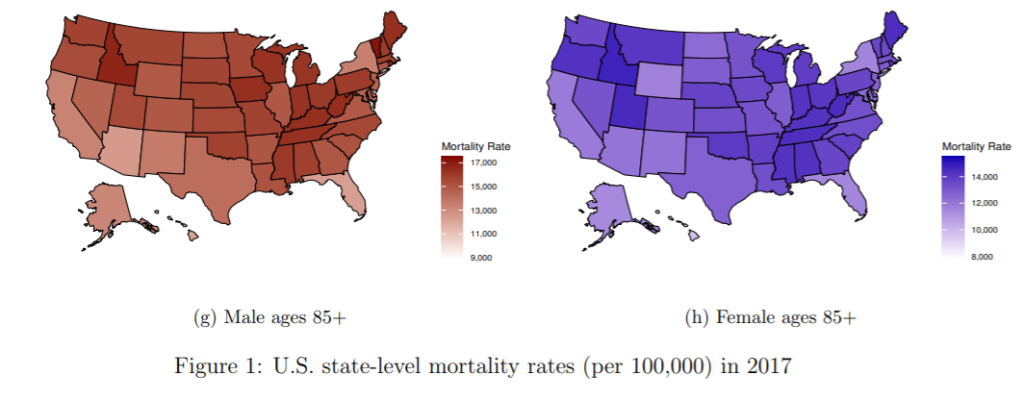Link: https://observablehq.com/@asg017/the-racial-wealth-gap
Graphic:

Excerpt:
This is the racial wealth gap: the stark wealth difference between white and Black families in the United States. There are several ways to measure this gap, but in 2016 the median wealth for white households was $149,903, while Black households had $13,024.
There’s a myth in the United States that the racial wealth gap has somehow improved over time. This study shows that: many Americans falsely believe that the gap has improved linearly over time, when in reality, it has barely changed and has even gotten worse in some places in the United States.
Granted, other forms of racial injustive have improved since the 60’s. Black representation in politics, media, and academics have improved. Discrimination based on race in the workplace, schools, and in social life have improved. But the racial wealth gap has not improved.
Author(s): Alex Garcia
Publication Date: 20 February 2021
Publication Site: Observable

